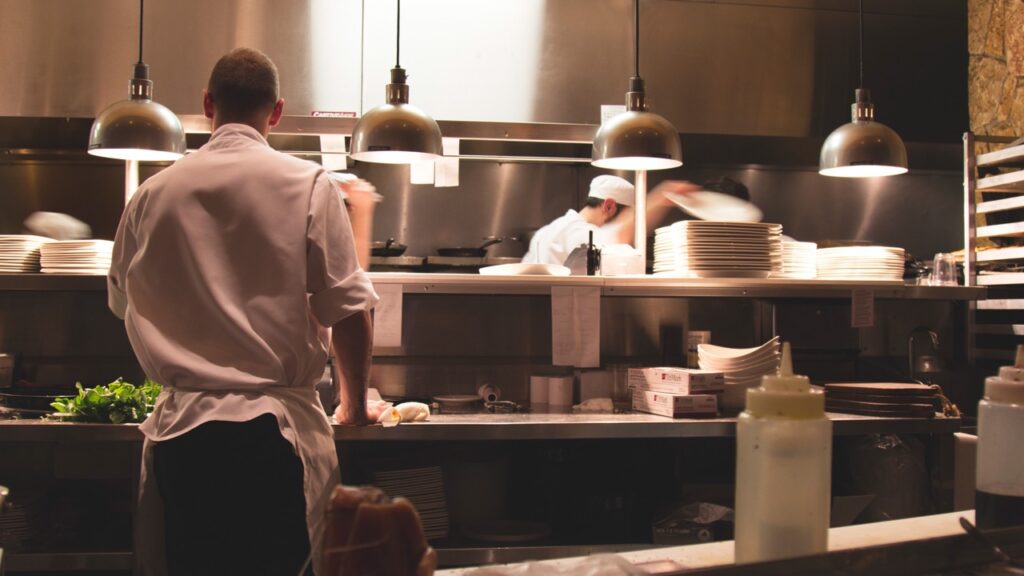
Cheese is one of the most versatile ingredients used in the foodservice industry. It is a basic component of many dishes, sauces, and appetizers, and it can serve as an unexpected twist on well-known dishes. In all, cheese adds a welcome texture to all kinds of foodservice data.com/en/platform/’ target=’_blank’>menus. That’s why understanding and riding the continuing waves of cheese trends is so important to restaurants, catering companies, and other types of foodservice business.
To succeed in the foodservice market, restaurant and catering professionals need to stay on top of the latest trends in everything from menu items, ingredients, and presentation. Cheese is included in this ever-evolving landscape. There are so many different types of cheese used in food service, from sharp cheddar to brie, and yet so many opportunities to try something new and exciting.
Here’s a comprehensive guide for foodservice professionals to learn how to get started on their cheese trend journey.
Identify New Cheese Varieties
Start by identifying new cheese varieties. Many cheese makers are releasing new varieties, with unique flavor and texture profiles, that are like no other. Take time to explore the range and variety of cheese available and experiment with new types. This can help to introduce food customers to cheeses they may not have previously considered.
Look to Local Dairy and Farm Markets
Farms and local dairy markets are excellent sources of new cheeses for food service. These local markets often specialize in artisanal cheeses made in small batches, meaning the flavors and textures may be far more unique than those found in mass-produced cheese. Plus, local markets are excellent for obtaining specific region-specific cheeses.
Incorporate International Cheeses
As more restaurants and catering companies expand their menus to include exciting international cuisine, this opens up entire worlds of foreign cheese for exploration. Italian and French cheeses are always popular, but more adventurous chefs may want to look into Spanish, Dutch, British, Icelandic, and South American cheeses as well.
Pay Attention to Pairings
While experimenting with new and unique cheeses, chefs should pay attention to how they are pairing different cheeses with other ingredients. New and unique cheeses often pair well with complementary flavors and foods, meaning chefs can create new and interesting dishes that customers won’t soon forget.
Introduce New Combinations
Cheese isn’t the only product that can be used to add variety to the menu. Chefs can introduce new combinations of cheeses and ingredients, such as melted cheese over savory meats, fresh salads topped with creamy goat cheese or brie, and sweet and salty dishes made with blue cheese. The possibilities are truly endless.
Know What’s On Trend
In the foodservice industry, trends are always changing. Chefs need to stay informed about the latest flavor profiles, textures, and production trends so they can stay ahead of the competition. Look to industry publications, trend briefings, culinary events, and teaching seminars that focus on cheese trends, and use these to inform menus and pairing options.
Keep Up With Technology
Technology has changed the way we interact with ingredients in the kitchen. Technology, such as sensors, has enabled chefs to measure and monitor cheese as never before. This helps them to guarantee the consistency of cheese dishes, while also tracking trends and ensuring quality across all of their foodservice businesses.
Analyze the Market
Finally, chefs need to take the time to analyze the cheese market. By monitoring price and supply fluctuations, chefs can make sure they’re using the right types of cheese in the right quantities.
The challenge for chefs is to be ready to move with the cheese trends that emerge. Chefs need to understand the types of cheese available, source locally and internationally, and be sure they understand the pairing and production trends that often drive the industry. With the right research and data-driven insights, chefs can stay ahead of the competition and create dynamic menu entrances.